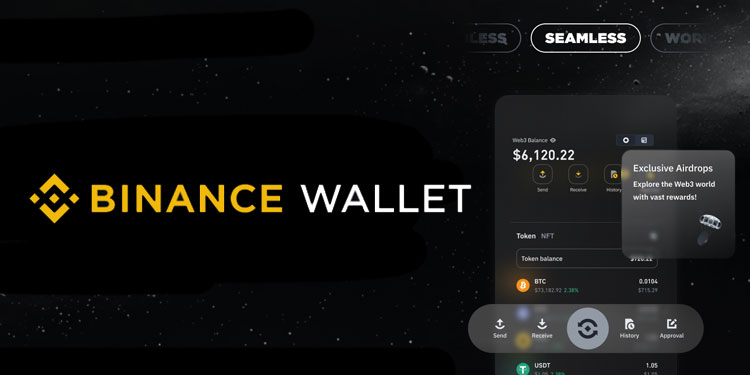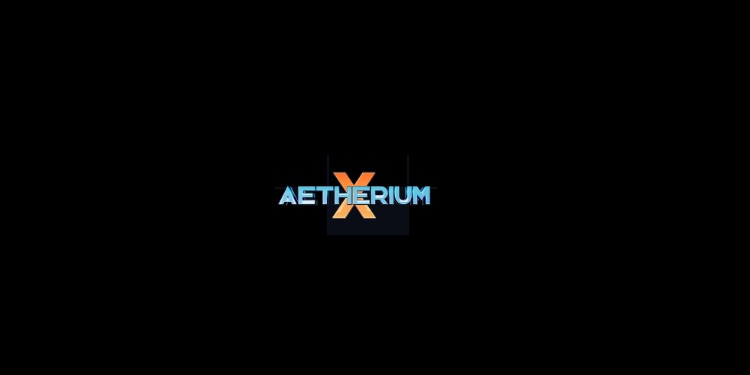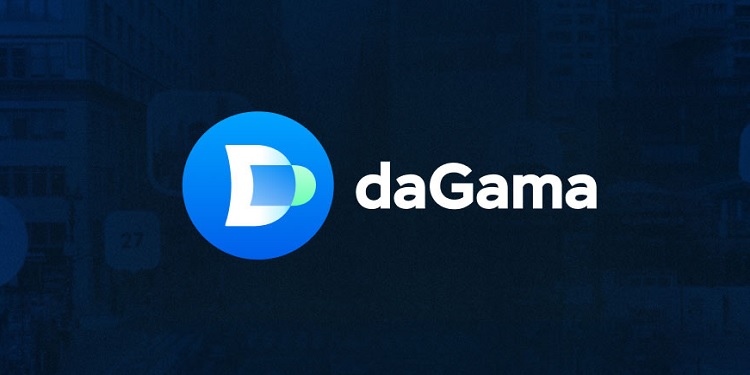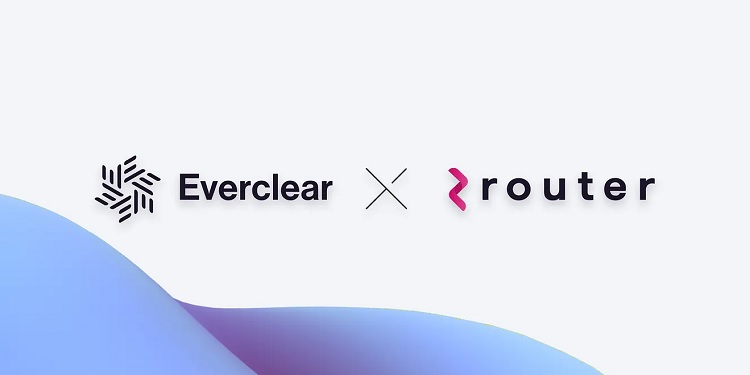Binance Wallet has formally added the Sonic blockchain to its expanding list of supported networks, allowing users to seamlessly transfer assets and interact with decentralized applications (dApps) directly on the high-speed platform. This development, revealed on May 1, places Sonic alongside prominent blockchains such as Bitcoin, Ethereum, and Solana within Binance’s multichain wallet infrastructure.
The move reflects Binance’s ongoing efforts to broaden its influence across emerging blockchain networks while enhancing the functionality of its wallet services. By enabling direct access to Sonic, Binance aims to provide its global user base with improved connectivity to fast and cost-efficient blockchain environments.
Incentivizing Adoption Through Airdrops
To encourage greater user interaction with the newly integrated network, Binance has announced plans to initiate a promotional airdrop campaign. Although specific details are yet to be disclosed, the campaign will reward eligible participants with Sonic tokens for using the Binance Wallet to access dApps built on the Sonic blockchain. The initiative is expected to serve dual objectives: boosting user engagement and supporting the adoption of both the Sonic ecosystem and Binance’s wallet tools.
The integration also builds upon a recent update wherein Binance introduced support for bridged USDC on the Sonic network. This bridged version of the stablecoin, issued by Sonic Labs, is intended to enhance liquidity and expand the utility of Sonic’s native tokens. However, Binance has made it clear that this USDC is not redeemable through Circle, urging users to exercise caution when utilizing it within the ecosystem.
Sonic’s Technical Strengths and Strategic Evolution
Previously recognized under the name Fantom, Sonic has rebranded itself as a high-performance layer-1 blockchain network. Engineered for rapid throughput and low transaction fees, Sonic offers near-instant finality and full support for the Ethereum Virtual Machine (EVM). This compatibility enables seamless interoperability with Ethereum-based applications and layer-2 platforms.
Sonic’s infrastructure caters to a diverse range of use cases, including decentralized finance (DeFi), non-fungible token (NFT) applications, and blockchain-based gaming. All these segments stand to benefit from the network’s ability to process transactions swiftly and cost-effectively. As a result, Sonic has positioned itself as a compelling alternative for developers seeking scalable blockchain environments.
Through the integration with Binance Wallet, Sonic gains access to one of the largest user bases in the crypto sector, along with advanced wallet tools and liquidity resources. The collaboration is seen as a significant step in advancing Sonic’s ecosystem growth and application development capabilities.
Strategic Pivot Amid Regulatory Pressures
Sonic Labs has recently had to adjust its strategic direction in response to regulatory scrutiny in the United States. Originally planning to launch a USD-based algorithmic stablecoin, the team has now pivoted toward issuing a stablecoin backed by the UAE dirham. This change reflects a broader trend among blockchain projects that are reevaluating their stablecoin models in light of tightening regulatory oversight in key jurisdictions.
By integrating Sonic and backing it with promotional efforts, Binance appears to be reinforcing its commitment to emerging networks with strong technical foundations. For Sonic, the partnership not only brings greater exposure but also potentially accelerates its development as a go-to platform for fast and scalable blockchain solutions.









